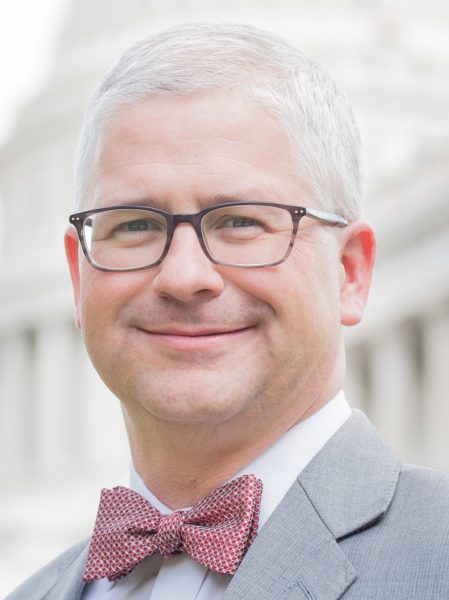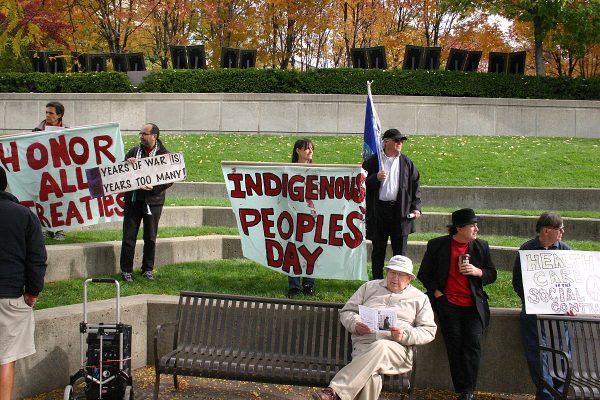Greensboro’s fight for food security continues
Do you know what a food desert is? How about food insecurity? After asking 10 Greensboro citizens downtown, only one knew.
“If you are not aware of someone who is hungry, it is not like AIDS, cancer or diabetes that strikes everyone,” Out of the Garden Project Founder Don Milholin told The Guilfordian. “Hunger really only strikes those in poverty or those in the lower income level.
“(Greensboro) is not like Detroit, a downtrodden city, where you can see desperation everywhere. Greensboro is a gorgeous town, and you wouldn’t know if you just flew in that there was any poverty.”
However, as of April 2015, Greensboro and High Point rank first for food insecurity in the United States according to a Gallup poll commissioned by the Food Research and Action Center in 2014.
Unlocking food insecurity
With one in four children facing food insecurity in North Carolina and 24 food deserts in Guilford County, Quakers concerned with social justice have a responsibility to understand the implications of food insecurity and deserts.
Food deserts reflect the presence of poverty and the effects of poor city planning.
“(Food deserts exist where) there are census tracts in urban areas where more than 20 percent of the population lives below the federal poverty line and more than a third of the population lives more than a mile from the nearest grocery store,” said Phil Fleischmann, coordinator of the Community Food Task Force in Greensboro.
“Typically in a food desert, there might be one type of retailer like a gas station or a convenient store.”
On the other hand, the United States Department of Agriculture defines food insecurity as a state in which “consistent access to adequate food is limited by a lack of money and other resources at times during the year.”
In North Carolina, hunger is not the main problem. Instead, people suffer from a lack of access to fresh, healthy and nutritious foods. But why?
“If I’m trying to feed a family of four and only have a certain amount of money to spend, I’m going to buy cheap food,” said Adjunct Professor of Adult Education at North Carolina A&T University Niesha Douglas.
“I only had a certain amount of money to spend, and I wanted to find something that would last. So you have to look towards processed foods because they have a longer shelf life.”
All indicators point to socioeconomic status as a determinant of food insecurity.
“The root cause of food insecurity is poverty … so it really is an economic development issue, a jobs issue, an education issue because all those things funnel into poverty and food access,” said Fleischmann.
Who’s who in the fight for food?
In recent years, Greensboro has put together a concerted effort to tackle food insecurity. The Guilford Food Council and the Community Food Task Force meet regularly to devise strategies to provide food to those in need.
Many members of these groups support the community with food projects. Milholin started the Out of the Garden Project by donating bags of food to local families in need. OOTGP has since grown to over 600 volunteers and tackles everything from food storage to delivery.
“Transportation is the number one challenge,” said Milholin. “That is why we take 21 fresh markets to 21 places in Guilford County.”
Like Milholin, Douglas fights food insecurity but through a different channel.
Douglas grew up in Warnersville, a classified food desert. She remembers growing her own vegetables and eating meals made by her grandmother who worked as a cook at the church nearby. However, Douglas never went hungry as there was always access to fresh food nearby.
“It’s not just about hunger and people having access to food … it’s an economic thing where people don’t have enough money to afford fresh food or they don’t have the education to understand … that maybe they can go to a farmers market to buy food,” Douglas said.
Amy Murphy, another Greensboro resident called to serve the community, started simply by asking restaurants for leftover chicken.
“I wondered if Church’s Chicken would have some leftover fried chicken that I could just pick up.” Murphy said.
Since then, “the Chicken Lady” has compiled Greensboro’s free food options into two little booklets.
“There are 22 groups serving in 13 different locations in here,” Murphy said, pointing to her pamphlet.
Thanks to people like Amy, Niesha and Don, Greensboro made food available to those who might otherwise go hungry but has yet to find a permanent solution.
The rotten core of the problem
Despite the movement to address food hardship and the response from Greensboro, the core problem still persists. Last year, 27 percent of Greensboro citizens said that at some point throughout the year they struggled to put food on the table. This cycle is likely to continue if Greensboro avoids getting to the root of the problem.
Hunger and homelessness are symptoms of a larger, multifaceted plight. Poverty, lower income levels, substance abuse and mental illness all result in families being unable to regularly put good food on the table.
The challenge exists in providing for today but also preparing for tomorrow. The efforts of food pantries and free meals cannot be stopped because then people will truly go hungry. All these issues are systematically connected, and a cultural shift needs to take place to address them.
“When a child comes to school hungry, the real question is, ‘Why?’” said Murphy. Feeding hungry children is crucial but easy, compared to raising the minimum wage.
At this point you may ask, “Well, what can I do?”
As it happens, Guilford students are already involved in the battle as part of a mobile market, a farmer’s market and community garden.
“Educating more folks about nutrition, growing food and helping people attain resources where they can do that … these are all key components that can help solve food insecurity,” said Nick Mangili, manager of the Guilford farm.
Students can work to alleviate any facet of the complicated issue. First-year Silas Weiner, who works for Guilford’s sustainability department, feels that Guilford can do more to encourage students to get involved.
“What we could do better is incentivizing people to help by incorporating it into orientation or community service hours,” said Weiner. “The empathy (for understanding food insecurity) really comes from experience.”
Although demanding, the war against food insecurity must be waged on all fronts — a war even Quakers should fight.









